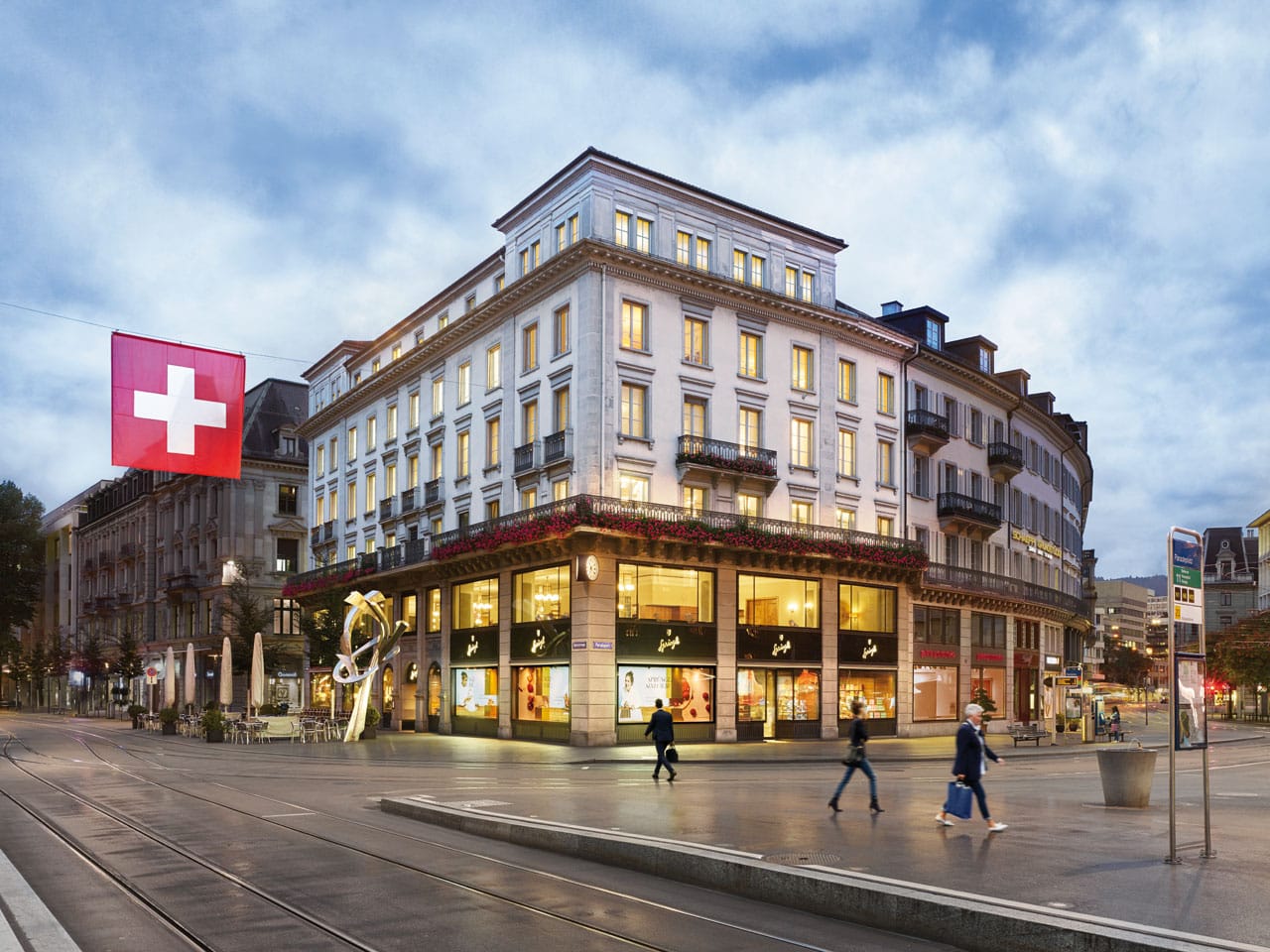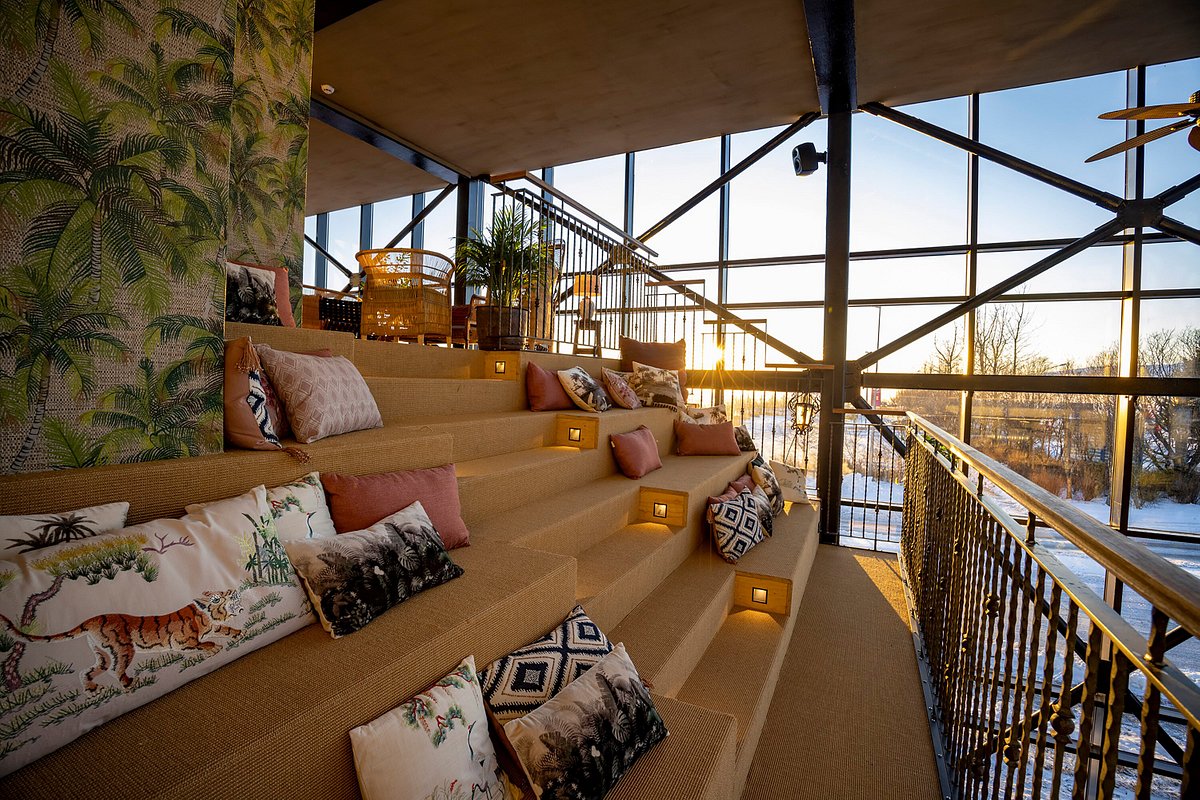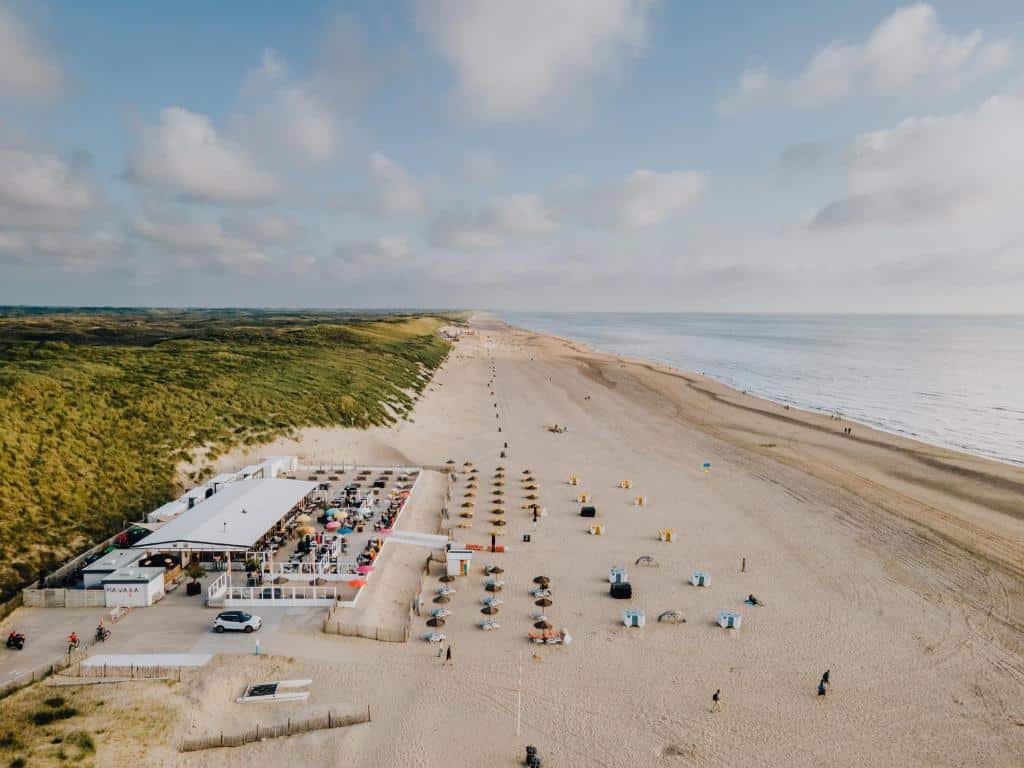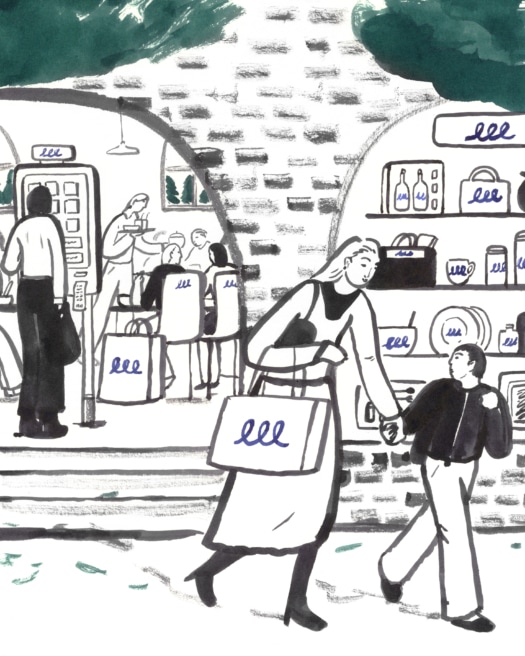Tracey Ingram (TI): What can you share about the status of the Swiss hospitality sector as a Swiss insider?
Youri Sawerschel (YS): The Swiss market is traditional. Always has been. Historically, the big hotels in the mountains were for tourists travelling to Switzerland for wellness. It’s one of Europe’s original wellness destinations. So, in some ways, the industry seems to have gotten stuck in the 19th century, making today’s vision of Swiss hospitality conservative with a focus on preservation rather than evolution.
This worked for a long time. Hotels in cities like Zurich and Geneva performed very well – at least during the weekdays. Now, new cool brands like CitizenM, Mama Shelter and 25hours are shaking up the scene.
Ski resorts have also historically done very well due to the quality of our Swiss slopes. But things are changing. Climate change is forcing hotels to think about the times outside their peak seasons.
However, there are timeless hospitality concepts that will continue to be successful. In Zurich, you have the Sprüngli Café on Paradeplatz which serves hot chocolate, the Kronenhalle where you can get classic Zurich-style veal surrounded by fine art, and the Fondue Tram. But then there’s the market majority – lacklustre hotels and restaurants – and the minority coming up with new, creative stuff.
What’s your outsider’s view on Swiss hospitality? What did you hear about it?

TI: Not much, which tells you something. Very few Swiss hospitality projects are featured in the FRAME magazine. That doesn’t mean nothing’s happening, but perhaps, as you said, the market isn’t pushing the envelope.
You said that the Swiss hotelier mentality is to preserve what’s there rather than build anew. In terms of spatial design, preservation – using what already exists – is becoming a key strategy for sustainability. With Switzerland’s history and beautiful old buildings, adaptive reuse could be a way to turn other typologies into hospitality projects rather than building from scratch.
In terms of design, one of the Swiss cliches is the natural, mountain vibe. In the current marketplace, that could also be an advantage: the trend for biophilia and natural materials will continue in line with the rising awareness for “healthy” interiors. Since Switzerland is already associated with clean air and natural materials, this could be played up while preserving authenticity.
YS: Indeed, there’s a lot of potential. I’ve identified three areas for development. First, tapping into local communities – an established trend in many parts of the world but relatively underutilized in Switzerland. But to attract locals you need a concept that doesn’t position the hotel itself as the attraction. For example, the hotel restaurant at 25hours in Zurich is branded independently, and many locals go there.

The second area is extended offerings or merchandising. When you talk about Swiss hospitality, you can’t ignore the price tag, which is among the highest in the world. But that also means one of the highest purchasing powers in the world.
So once a hospitality business establishes its name in a city, it can use that name to sell products associated with its brand. Like an Italian restaurant that sells its pasta from its central location(s). We call that extending a brand concept beyond its core.
Miró Coffee has managed to do this well. It went from a small Zurich café to selling pre-packaged coffee, building a coffee subscription service, and even partnering with Swiss Airlines. One point of sale becomes the base for marketing an entire portfolio of services.

Lastly, I want to talk about using technology to offer high quality with lower operating costs. Self-check-in is still a rarity in Switzerland, but CitizenM does it successfully. In F&B, cloud kitchen brands like Future Kitchen can easily stand out with the rest of the market is dragging behind.
TI: You mentioned locals. Switzerland is known for its beautiful nature, its springs and water. It can tap into the continual growth of the wellness market with retreats, not just for tourists but also for city dwellers who want to get some rest and recreation.
I saw a nice example in Iceland, a short drive from Reykjavík. The Greenhouse is a hotel, restaurant and retail concept with hot tubs on the roof that doesn’t feel touristy. There, you can grab some food and a nice coffee and check out the work of local designers in the store. Another short drive away, the same brand is opening a hub for adventure sports and hiking. The locations are connected, so the brand can give you a range of experiences while making it easy for visitors by transporting them between the two locations. It’s about building up a network that’s not necessarily about the same type of experience, but the same level of quality.

It could be interesting to connect a city location to a rural one. Travellers often arrive in Swiss cities where they might want to spend a few days before heading into nature. There’s value for the customer if the journey between those destinations becomes seamless. It doesn’t have to be multiple experiences from one brand, but a network of like-minded brands that offer different experiences and are willing to work together.
YS: This would make sense in Switzerland because the distances between destinations are short by international standards. Montreux by Lake Geneva is under one hour from the city centre by train, which is about the same time it takes to travel from Heathrow Airport to central London. We’re working on a hotel project called Mona in Montreux, which we’re rebranding as a “cruise without leaving the shore”. We see Montreux as a place from which you can make several ports of call: Geneva one day, Lausanne another, and then the mountains. This could also work well for hotels targeting locals, but it requires Swiss people to break away from their vallée mentality, meaning the false perception that each “valley” or place is disconnected from the rest. Swiss “valleys” could become a network of connected experiences for tourists and local visitors.
As we’ve worked on Mona, we’ve seen first-hand the general resistance to change in the region. But I see a lot of potential for businesses that dare to do something different. Since there’s little competition in the innovation department, going the extra mile can reap amazing rewards!
TI: The idea of a connected network of experiences reminds me of one of the Dutch government’s recent crowd-dispersing tactics in Amsterdam. A nearby beach, Zandvoort, was rebranded as Amsterdam Beach, even though it’s not technically in Amsterdam. By attaching it by name to the city, tourists will more likely see it as a highlight to add to their itineraries.

YS: I agree, there’s a big opportunity to brand certain areas. It does happen in the Swiss nature, but not nearly enough. If you want to go hiking in Switzerland as a foreigner, it’s not easy to understand where to start, where to go, and what you’ll need. There’s a lot of friction in that experience, and hotels could help by serving as information and service points even for something as simple as renting skis.
TI: Exactly! Added services can make experiences much more accessible and enjoyable. I know people who’ve gone on hiking trips in Switzerland where their luggage was collected and dropped off at the various sleeping spots on the route, so they didn’t have to worry about it. It doesn’t necessitate a network of hotels, it only requires a service that connects them. And this is just one example! These kinds of connections can be made on so many different levels.
YS: And around common themes like hiking, skiing or mountain biking. But I think the change will come first from cities, driven by need. A hotel in Geneva typically doesn’t need a strong brand to be a profitable asset. However, new arrivals in second-tier cities will be able to offer better value for money, forcing the city businesses to increase their value proposition. The question is, do you wait to raise the bar when there’s no other choice but to follow or do you take the initiative now?
Since Switzerland is known for banking, let’s use an investment analogy. What’s your strategy? Do you invest to match the index of the Fortune 500, the safe and sound one without big gains? Or do you take a slightly riskier approach and potentially earn much more by beating the market?

